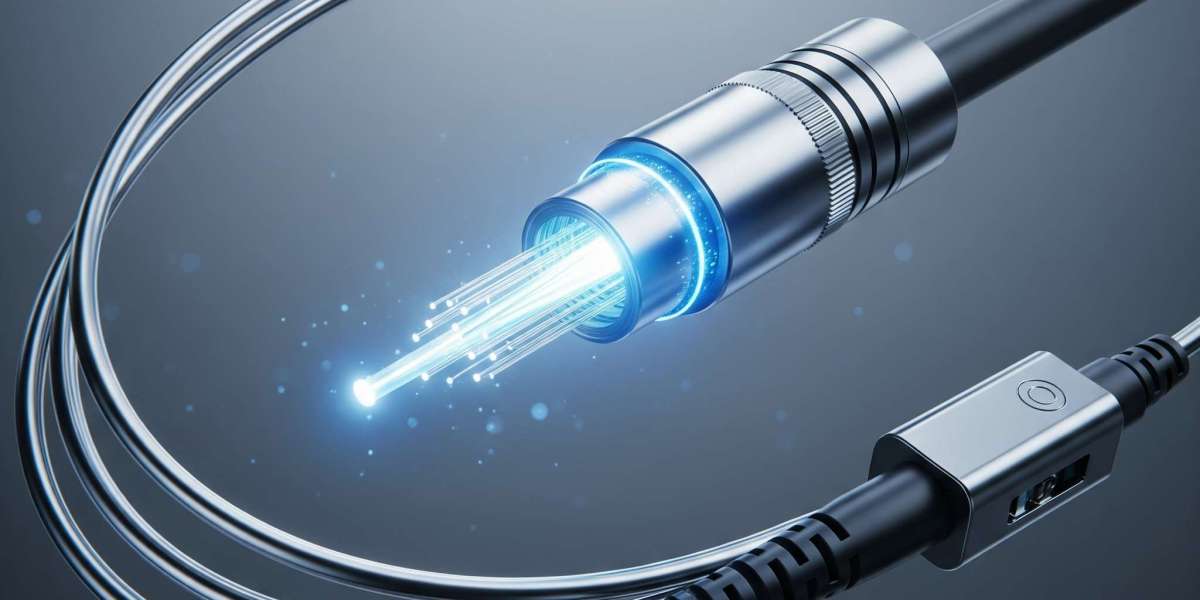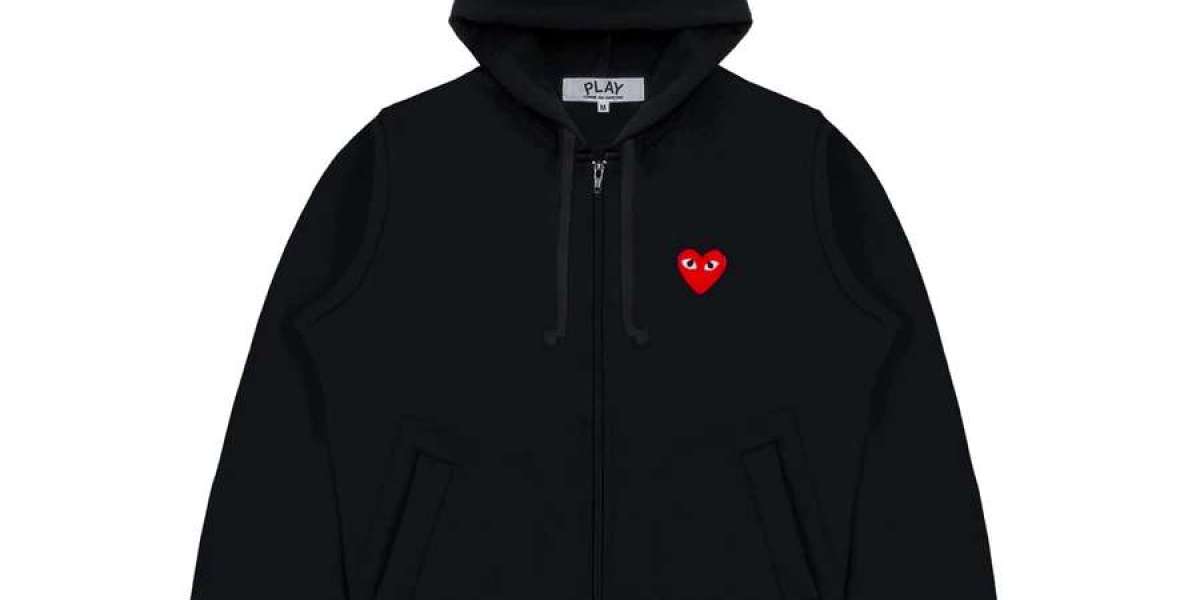Optical HDMI cables are a new way to connect your TV, computer, or game console. They use fiber optic technology instead of regular copper wires. This means they send signals using light, not electricity. While this sounds high-tech and exciting, optical HDMI cables also have some important disadvantages you should know about before you buy.
What is Optical HDMI?
Optical HDMI, sometimes called fiber optic HDMI, is a special type of HDMI cable. It uses tiny glass or plastic fibers to send video and sound as light signals. This allows the cable to send information over long distances without losing quality. Many people like optical HDMI for big rooms, home theaters, or places where the cable needs to be very long.
How Does Optical HDMI Work?
Inside an optical HDMI cable, there are tiny fibers that carry light. When you plug it in, the cable changes the electric signal from your device into light. The light travels down the fiber optic cable, then at the end, it turns back into electricity for your TV or sound system. This is different from regular HDMI cables, which use copper wires to send electricity directly.
The Exact Disadvantage of Optical HDMI
The biggest disadvantage of optical HDMI is its higher cost, limited compatibility, and the risk of damage if the cable is bent or handled roughly. Optical HDMI cables are more expensive than regular HDMI cables, may not work with all devices, and can stop working if the fiber optic inside is bent too much or broken.
Why is Optical HDMI More Expensive?
Optical HDMI cables cost more because they use special fiber optic materials and advanced technology to turn electricity into light and back again. Making these cables is harder and more expensive than making regular copper HDMI cables. If you need a long cable, the price can go even higher—sometimes three or four times more than a regular HDMI cable.
Compatibility Problems
Not all devices work with optical HDMI. Some older TVs, soundbars, or game consoles may not support this new technology. You might also need special adapters or extra boxes to make the cable work with your setup. If you have different brands or older equipment, you could run into problems getting everything to connect.
Risk of Damage and Signal Loss
Fiber optic cables are strong in some ways, but they can be fragile if you bend them too much. If you twist, kink, or step on the cable, the tiny fibers inside can break. When this happens, the cable may stop working or lose signal quality. This is different from regular network cables or copper HDMI cables, which are usually tougher and can handle more bending.
Harder to Install
Because optical HDMI cables are sensitive to bending and damage, you need to be very careful when installing them. If you pull too hard or bend the cable around sharp corners, you could break the fiber optic inside. This makes setting up your home theater or TV a little trickier, especially if you have to run the cable through walls or tight spaces.
Limited Use for Short Distances
Optical HDMI cables are best for long distances, like in big rooms or commercial buildings. If you only need a short cable, a regular HDMI or network cable is usually cheaper and easier to use. For most home setups, you don’t need the extra distance that fiber optic cables give.
Need for Correct Direction
Some optical HDMI cables only work if you plug them in the right way. One end must go into the “source” (like your game console or Blu-ray player) and the other into the “display” (like your TV or projector). If you plug them in backwards, they won’t work at all. Regular HDMI cables work both ways, so you don’t have to worry about this.
More Parts Can Mean More Problems
Optical HDMI cables use special chips and converters inside to change electricity into light and back again. If any of these parts break, the whole cable can stop working. With regular HDMI or network cables, there are fewer things that can go wrong.
Not Always Plug-and-Play
Some optical HDMI cables need extra power or special settings on your devices. You might have to read the manual or change settings to get everything working right. With regular HDMI cables, you usually just plug them in and they work.
Price Comparison Table
Here’s a simple table to show the price difference:
| Cable Type | Average Price (10 ft) |
|---|---|
| Regular HDMI | $5–$15 |
| Optical HDMI (Fiber) | $20–$50 |
| Network Cable | $3–$10 |
As you can see, optical HDMI is much more expensive than the other types.
When Should You Use Optical HDMI?
Optical HDMI is a great choice if you need to send video and sound a very long way—like across a big room or in a school or business. It’s also good if you want to avoid interference from other electronics, since fiber optic cables don’t pick up noise from Wi-Fi or power lines. But for most homes, regular HDMI or network cables are easier, cheaper, and work just fine.
How Does Optical HDMI Compare to Network Cables?
Network cables, like the ones you use for the internet, are tough and easy to use. They don’t break easily if you bend them. Fiber optic HDMI cables are more delicate, so you have to be careful not to damage them. Network cables are also cheaper and can be used for many things, not just video and sound.
Tips for Using Optical HDMI
Be gentle: Don’t bend or twist the cable too much.
Check compatibility: Make sure your devices support optical HDMI.
Plan your setup: Measure before you buy so you get the right length.
Follow the arrows: Plug the cable in the right direction.
Conclusion
Optical HDMI cables use fiber optic technology to send signals over long distances with great quality. But their main disadvantages are higher cost, limited compatibility, and being easy to damage if not handled carefully. For most people, regular HDMI or network cables are a better choice for home use. Only pick optical HDMI if you really need a long cable and are ready to take extra care during installation. Always think about your needs, your devices, and your budget before choosing the right cable for your setup.



